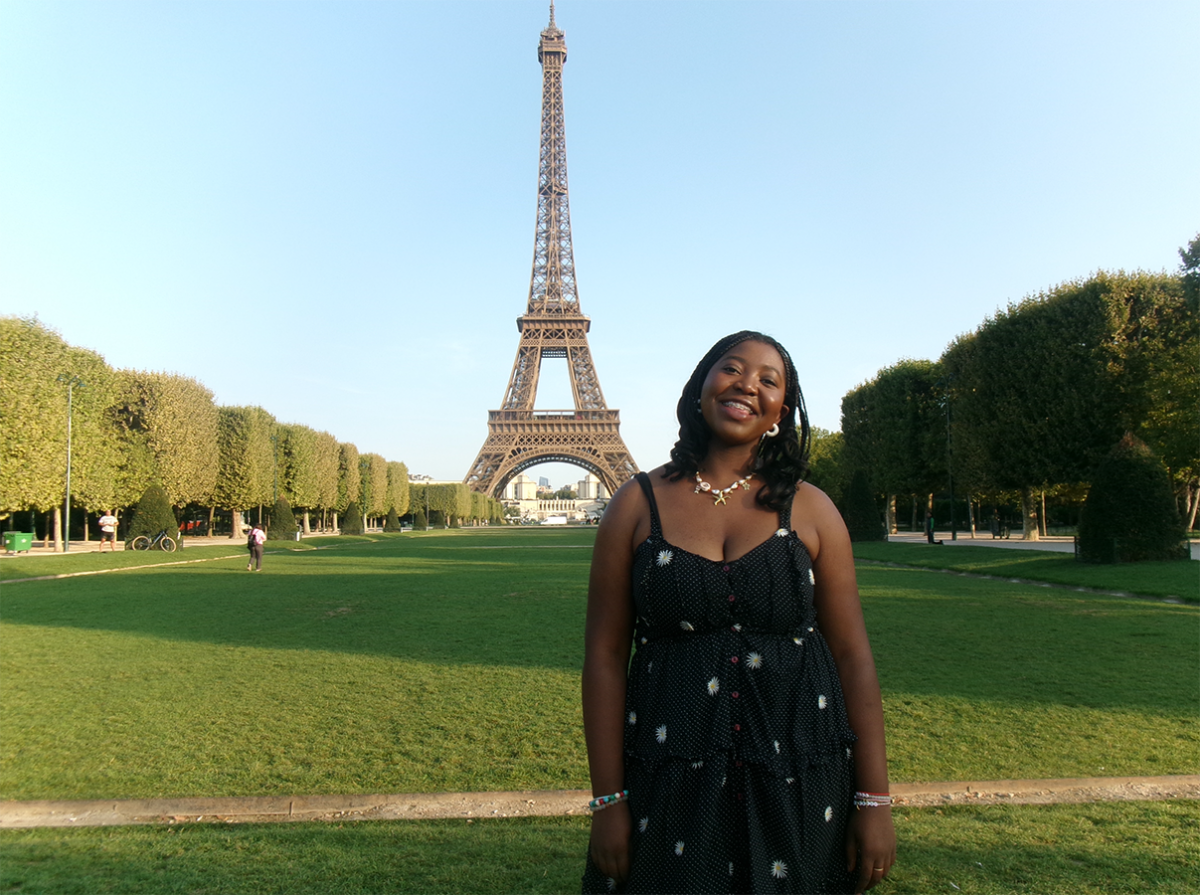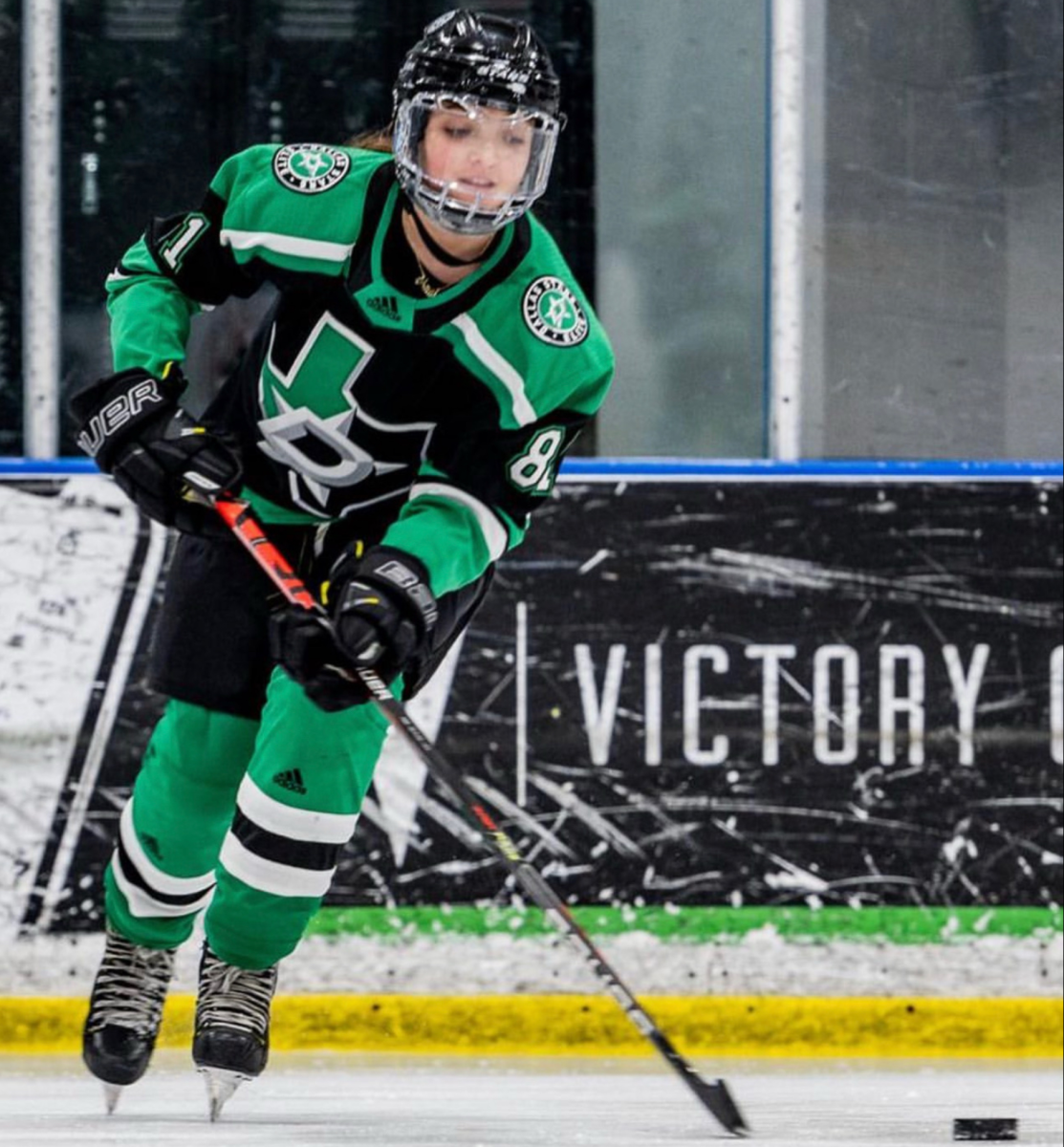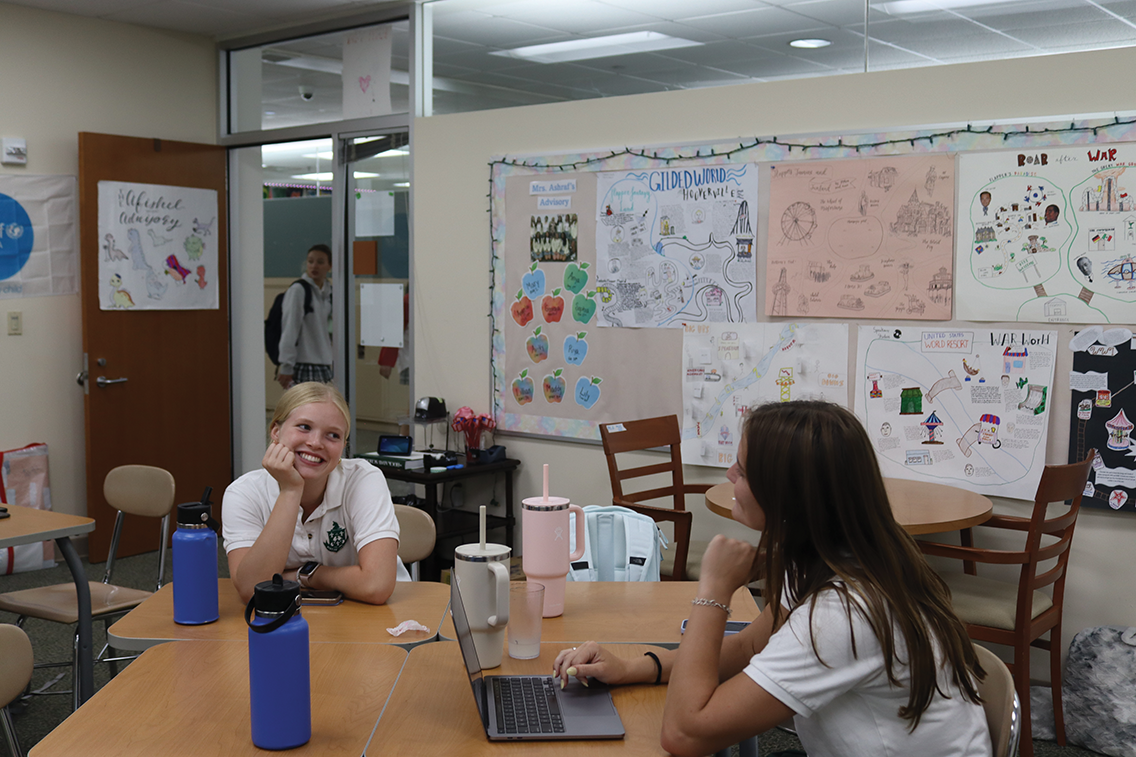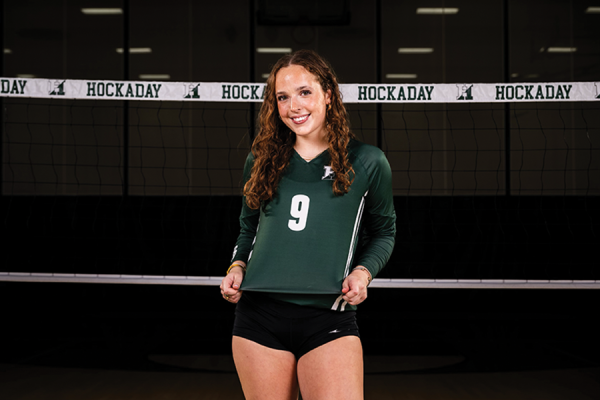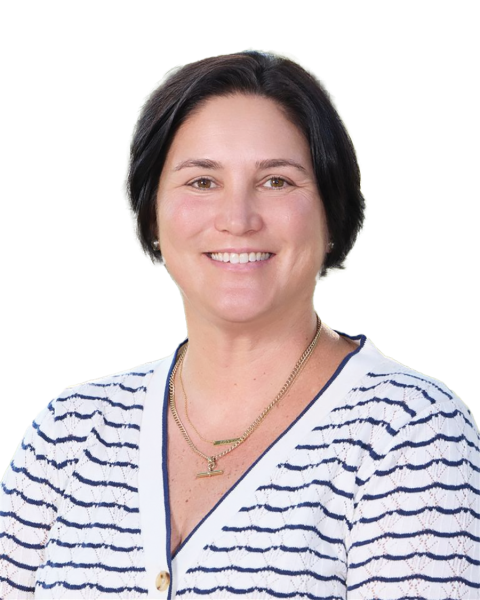Educating: A guide to allyship with Tresa Wilson
October 8, 2020
//PICTURED ABOVE: Tresa Wilson, Director of Inclusion and Community, works in her office. Wilson has been instrumental in planning diversity training assemblies this year.
With the school year starting back up during the COVID-19 pandemic as well as a time of educating and reflecting on systemic racism, educators are looking for ways to provide context. During this time, Hockaday has made great strides to educate the student body and faculty about engaging in difficult conversations and allyship. For this article, Tresa Wilson, Director of Inclusion and Community, offers guidelines for allyship.
But what exactly is an ally? After reading The Racial Healing Handbook, Wilson learned the word “ally” is both a noun and a verb. In the noun form, Wilson says that an ally “is an individual who works as an advocate on behalf of people of color facing racism.” As a verb, ally “is the act of speaking up for oneself or others when facing individual or structural racism.” Wilson outlines what being a racial ally does and does not mean.
Being a racial ally does mean:
– Staying humble.
– Apologizing when you get it “wrong”—and not over-apologizing to the point that others feel the need to take care of you.
– Being a good listener.
– Continuing to educate yourself about racism.
Being a racial ally does not mean:
– Appointing yourself as the “all-knowing” racial ally.
– Participating in “call-out” culture.
– Talking at every opportunity about your role as a racial ally.
– Believing you have all the answers to solving racism or that you are more enlightened than your fellow white people or people of color.
While having difficult conversations is a key part of allyship, Wilson encourages students to begin the conversation with themselves first. In past years, students have participated in the Stroop Test with Dr. Sandra Chapman during an assembly.
“When Upper School students participated in the Stroop Test with Dr. Sandra Chapman during an assembly, they realized how quickly we all can make associations between items, even when we do not believe the associations to be true or when we are dealing with conflicting information,” Wilson said.
To learn more about their own biases, Wilson urges students to read “Blind Spot: Hidden Biases of Good People” by Mahzarin R. Banaji and Anthony G. Greenwald. She also recommends learning more about “unconscious behaviors” by taking the Implicit Association Test (IAT):https://implicit.harvard.edu/implicit/takeatest.html.
After taking the IAT, Wilson encourages students to talk with a trusted peer or family member to start a healthy dialogue.
“Remember to hold yourself accountable for your actions before you hold other people to the same expectations,” Wilson said. “Conflict is a healthy part of a relationship and is a catalyst for change. As students reenter our community, they must also set personal goals—a vital factor in the success of a learning environment.”
Some prominent themes this year for Faculty and Staff In-Service programming in August and student educational programming in the fall are diversity, inclusion and community. Hockaday has created programs and actions to support the Black community. Wilson will introduce The Character and Courtesy Educational Series for Student Development with a focus on identity development and cultural competence at age-appropriate levels.
“This year, our work will begin with our youngest learners with lessons that help build a healthy identity, illustrate how to show respect across differences, and highlight how our students can help shape an inclusive Lower School community,” Wilson said.
In addition, the school is partnering with Dr. Rodney Glasgow, the Head of School at the Sandy Springs Friends School in Maryland and Chair of the NAIS Student Diversity Leadership Conference, and Dr. Howard Stevenson, the Constance Clayton Professor of Urban Education and Professor of Africana Studies. Glasgow will train all faculty, staff and Upper School student leaders on “the dynamics of identity development and personal narratives, and the role they play in challenging or difficult conversations…” Stevenson will “engage… Middle and Upper School students in divisional workshops using specific strategies for initiating healthy, productive dialogue about race.”
Wilson leaves the Hockaday community with these words to be aware of during this time of change.
“Shedding our fears, embracing our vulnerability, and deepening our connections to our untold truths and colleagues, we stood at times confident and hopeful with our feet firmly planted in the rich soil of healing in a virtual cross-cultural competency training with Dr. Howard Stevenson,” Wilson said. “I would definitely describe the moment as ‘the right voice at the right time’ guiding us all through this process, beckoning us to begin anew.”
Wilson recommends the following additional resources:
- The “Good Hair” Study: Explicit and Implicit Attitudes Toward Black Women’s Hair (February 2017) by Alexis McGill Johnson, Rachel D. Godsil, Jessica MacFarlane, Linda R. Tropp, and Philip Atiba Goff.
- Transforming Perception: Black Men and Boys (March 2013) by Rachel D. Godsil & Alexis McGill Johnson.
- Video: Uncomfortable Conversations with a Black Man – a series with Emmanuel Acho (2008 St. Mark’s alum, former NFL linebacker and current sports analyst; brother of Hockaday alumna Chi Chi Acho Oforeh ’02)
Story by Erin Parolisi, Web Editor-in-Chief
Photos provided Laine Betanzos, Copy Editor




